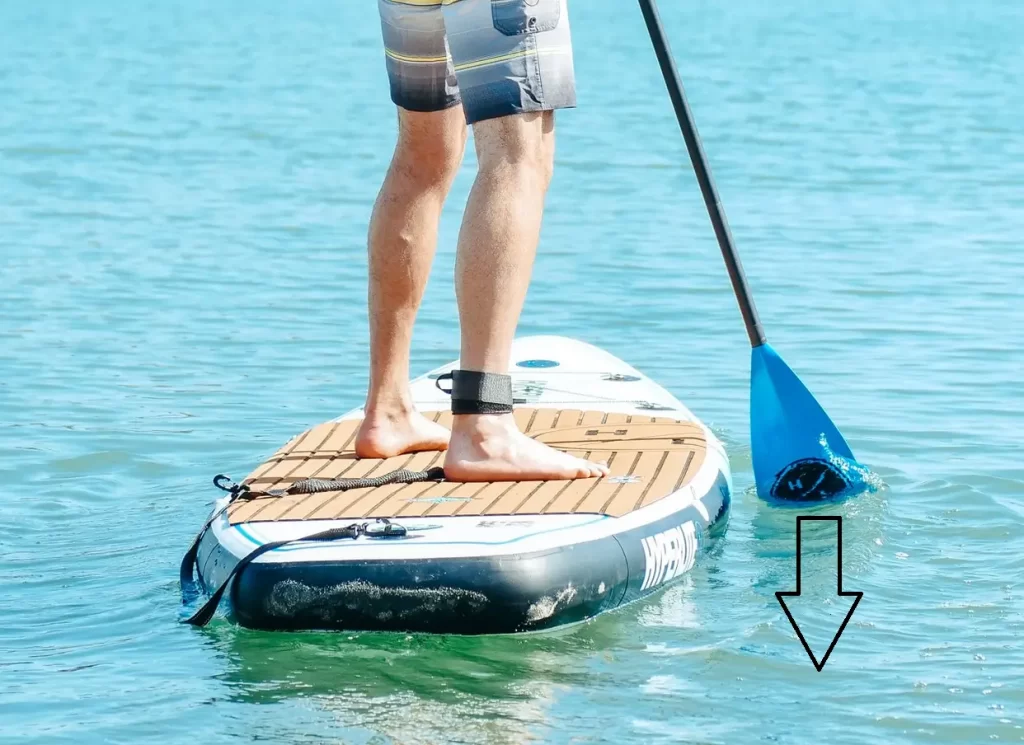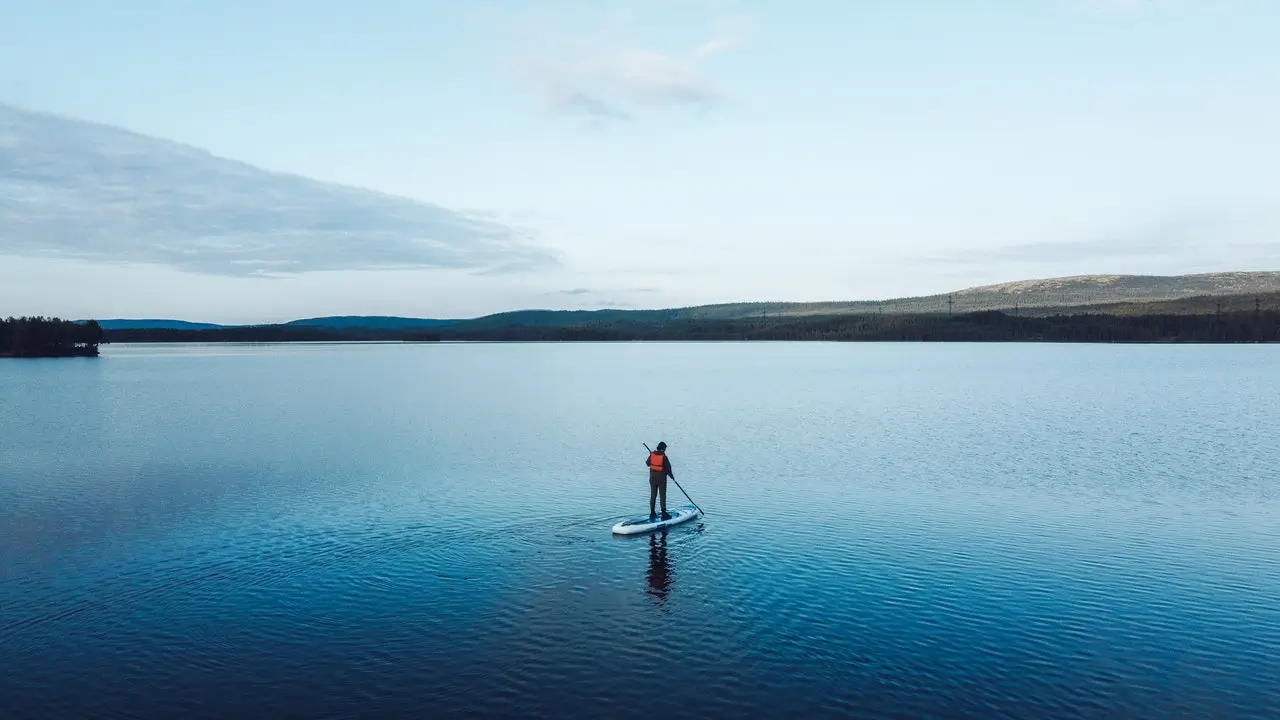Put an end to pure summertime laziness stopping you. Head to the water with the purpose of touring, racing, fishing or even doing yoga thanks to an activity that has been growing in popularity. Stand up paddle boarding (SUP). Splashing joy combined with full-body work out for all.

What is paddle boarding?
Standing, sitting, kneeling or being in another position on a flat and hard surfaced inflatable or solid board, paddle boarding is moving through the water using generally a paddle or sometimes just bare hands to do steady strokes. Looks similar to surfing, except for depending on an ability to ride on waves without an additional item to propel while struggling to keep the balance not to fall off. The reason why everyone can easily get accustomed to this sport in a day.

Paddle boarding equipment
Paddle boarding is a simple activity requiring only the water and few equipment to spend great times. A list of essential gear of this recreation includes;
The board
As the name suggests, it is the first thing to start with. To find the right board is important for the usage of it. Short boards under 10 ft. are ideal for surfing and kids with maneuverability, medium boards between 10 ft. and 12 ft. for general use and SUP yoga, and, lastly, the boards between 12 ft. and 14. ft for fast paddling or long-distance touring. The more height, the less width, thus, wider boards preferred for stability.

The paddle
The size of paddle matters for efficiency. Not to lean over too much, choose a paddle that is an inch above your head. Adjustable-length paddles come in handy than fixed-length paddles if having trouble to find what length works for you. Yet, another issue is weight. A heavy paddle causes fatigue after hundreds of strokes. Plastic and aluminum material are affordable, fiberglass and carbon fiber material are lightweight with an expensive price.

Board leash
A wearable, must-have accessory of paddle boarding to remain connected to the board in case of falling off accidentally. A leash doesn’t let the board drift away, making your getting back on quicker.

Personal flotation device (PFD)
Another essential gear to have. A life jacket, vest or inflatable belt, consider how to stay afloat even if you are skilled to do so. Besides, it is buoyancy for the ones who cannot swim but want to paddle board. U.S. Coast Guard and most of them other countries’ coast services stipulates that adventurers must have a PFD on board. As for children, they are not allowed in any water sport unless a life jacket wraps them.

To paddle board
Ready to hop on the board? Then, here are some basic techniques to help you make significant progress.

Standing up and staying balanced
- Sitting with your knees, slowly rise up from the center point of the board placing one foot at a time where your knees were and hands putting pressure on the sides of the board to stabilize it.
- Feet positioned parallel to each other, stand up. Knees slightly bend, head upright not looking at your feet constantly. To stay balanced, always look straight ahead.
Start paddling to move

- Forward stroke : To forge ahead, drive the paddle into the water to pull it backwards all the way under the surface. Repeat the same stroke on the other side lest you draw a circle.
- Reverse stroke : For slowing the board down or going backwards. Do opposite of what did you do for moving forward. Reaching back, pull the blade forward to the nose of the board. One quick stroke acts as a brake, two long strokes on each side as shifting into reverse.
- C-stoke : From the nose to the tail, perform a wide stroke in a sweeping arc to turn the board. Strokes on the right changes the direction to the left, stokes on the left to the right.
After falling
- Getting wet every so often is in nature of paddle boarding. Grabbing the center handle most boards have with one hand and the farther side of the board with the other, pull yourself up. Or, try to grab farther edge with two hands in order to mount the board as if it was a bike.

Additional advice
You have become a paddle boarder theoretically. However, bear following quick tips in your mind before gaining practical experience.
- Shove off in calm water like a lake or such small body of water with no wind or waves, (unsure where to paddle board? Click here to see the best places to have fun around the world.)
- If falling is inevitable, fall away from the board. Hard surface of it can cause an injury,
- Padding on the right side, the left hand must be on the T-grip and vice versa,
- Correct posture improves the balance. Do not slouch over,
- Cover your body with UV protection clothing in summer, during winter with a dry-suit to avoid hypothermia.



